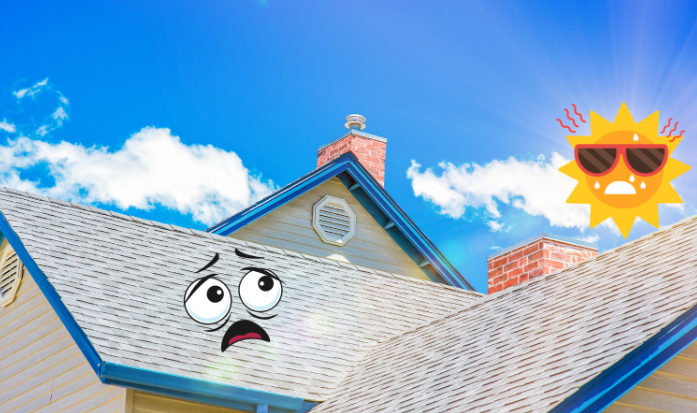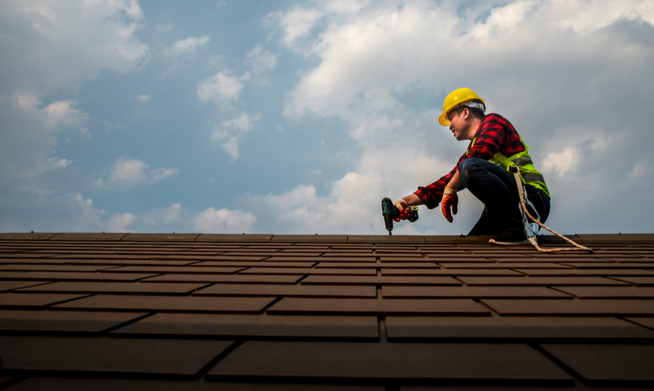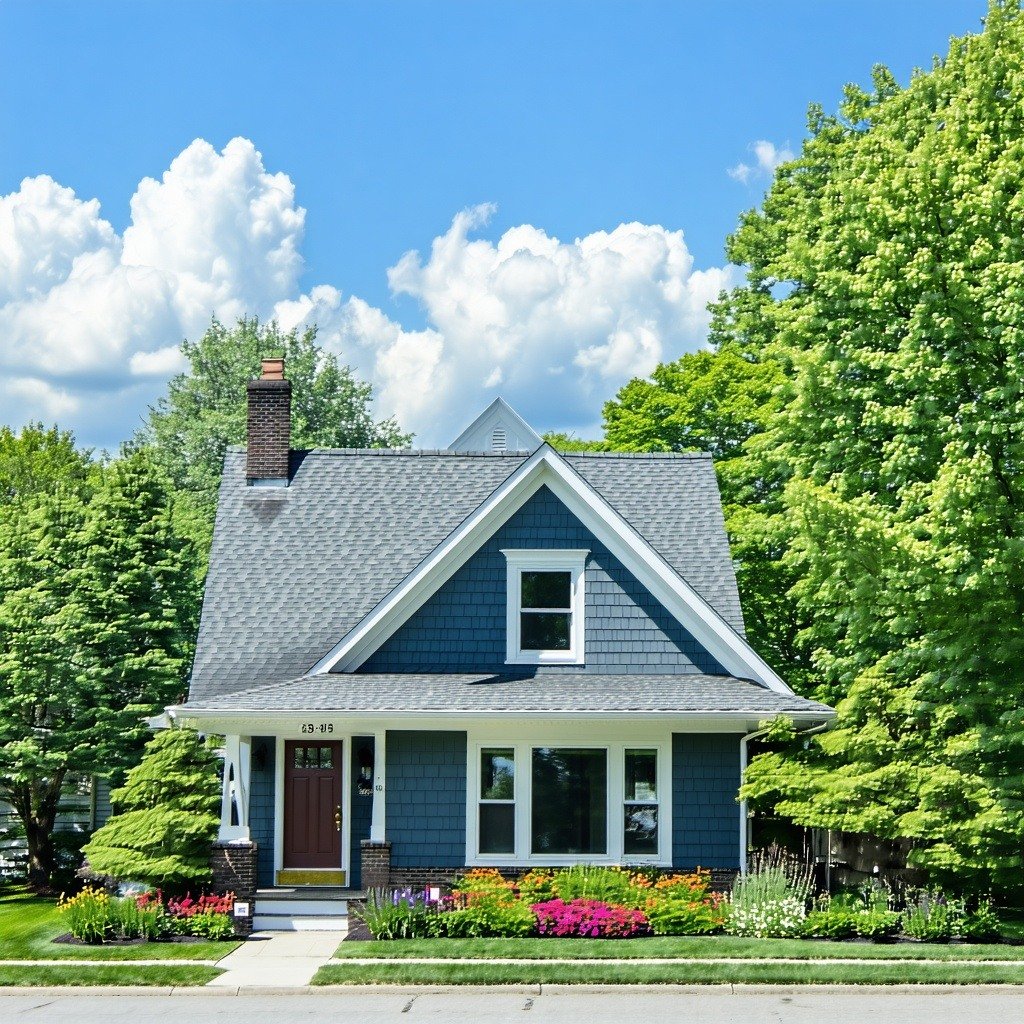Cooling Effect: The Truth About Metal Roofs and Home Temperature
Discover the impact of metal roofs on home temperature and whether they truly have a cooling effect.
Understanding the Composition of Metal Roofs
Metal roofs are made up of various materials, such as steel, aluminum, or copper. These materials are chosen for their durability and ability to withstand harsh weather conditions. The composition of metal roofs plays a crucial role in their ability to regulate home temperature.
The metal panels used in metal roofs are often coated with reflective paint or coatings that help to reflect sunlight, reducing the amount of heat absorbed by the roof. Additionally, metal roofs have insulation layers that further help to regulate temperature by preventing heat transfer.
Understanding the composition of metal roofs is important in order to fully grasp their impact on home temperature and the cooling effect they can provide.
Dispelling the Myth: Do Metal Roofs Attract Heat?
There is a common misconception that metal roofs attract heat and make homes hotter in the summer. However, this is not entirely true.
While it is true that metal can get hot when exposed to sunlight, metal roofs are designed to minimize heat absorption. The reflective coatings on metal roofs help to reflect sunlight and prevent heat from being transferred to the interior of the home.
In fact, studies have shown that metal roofs can actually help to reduce cooling costs by reflecting solar heat away from the building. This can lead to a more comfortable indoor environment and lower energy bills during the summer months.
Exploring the Reflectivity of Metal Roofs
One of the key factors that contribute to the cooling effect of metal roofs is their high reflectivity.
Metal roofs are known for their ability to reflect a significant amount of sunlight. This means that less heat is absorbed by the roof, resulting in a cooler interior temperature.
The reflectivity of metal roofs can vary depending on the type of metal used and the coatings applied. Generally, lighter-colored metal roofs tend to have higher reflectivity and provide better cooling benefits. It is important to consider the reflectivity of the metal roof when choosing the color and type of metal for your home.
By exploring the reflectivity of metal roofs, homeowners can make informed decisions about which type of metal roof will be most effective in regulating home temperature and providing a cooling effect.
Benefits of Metal Roofs in Regulating Home Temperature
Metal roofs offer several benefits when it comes to regulating home temperature and providing a cooling effect.
Firstly, the reflective properties of metal roofs help to reduce heat absorption, keeping the interior of the home cooler. This can result in a more comfortable living environment, especially during hot summer months.
Secondly, metal roofs are highly durable and can withstand extreme weather conditions. This durability ensures that the cooling effect of the metal roof remains intact for many years, providing long-term benefits to homeowners.
Additionally, metal roofs are often installed with insulation layers that further enhance their ability to regulate temperature. This insulation helps to prevent heat transfer and maintain a consistent indoor temperature.
Overall, the benefits of metal roofs in regulating home temperature make them an excellent choice for homeowners who want to improve energy efficiency and create a comfortable living space.
Tips for Enhancing the Cooling Effect of Metal Roofs
While metal roofs already offer a cooling effect, there are some tips that can help enhance their performance:
- Choose a lighter-colored metal roof: Lighter colors have higher reflectivity and can provide better cooling benefits.
- Ensure proper insulation: Insulation layers help to prevent heat transfer and maintain a consistent temperature. Make sure your metal roof is installed with adequate insulation.
- Consider ventilation: Proper ventilation in the attic or under the metal roof can help to dissipate heat and further improve the cooling effect.
- Regular maintenance: Keep your metal roof clean and free from debris to ensure optimal performance.
By following these tips, homeowners can maximize the cooling effect of their metal roofs and enjoy a more comfortable living environment.



